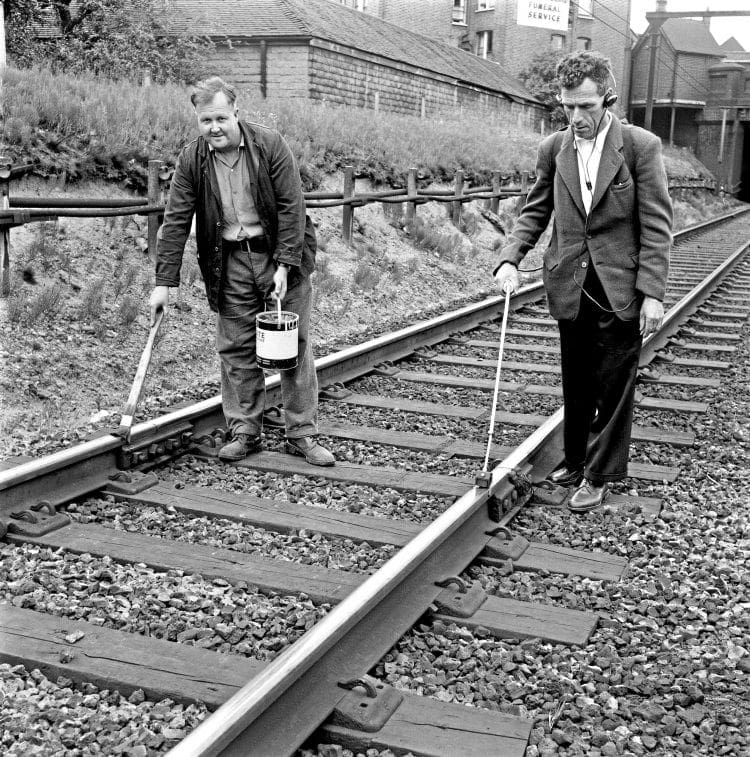THE feature on the Hither Green accident by Fraser Pithie was very interesting, and while it was a terrible accident, it’s no exaggeration to say that it gave us all pause.
As a civil engineer for BR (now retired), the outcome affected my work on the LM, and later SR, as well of hundreds of other permanent way engineers on BR. It was very much a case of “there but for the grace of God…”.
The most important outcome of the accident was the use of ultrasonic equipment for rail examination. I’d not been aware of its use on the SR, but very soon after the accident there was a direction from the BRB to use such immediately.
Monthly Subscription: Enjoy more Railway Magazine reading each month with free delivery to you door, and access to over 100 years in the archive, all for just £5.35 per month.
Click here to subscribe & save
Within a week or two, the LM received Krautkramer VDU equipment, and it was used at Roade, the predecessor to the high- speed junction at Hanslope. The Audigauge examiners had found two rail cracks there and so a useful comparison could be made.

The ultrasonic team found 17 further cracks, most of which required an immediate 20mph temporary speed restriction, and if I remember correctly, a 10mph slack was imposed at one location. The Audigauge became history overnight.
Phillips ultrasonic equipment replaced the Krautkramer, and was then used throughout the Divisions. As far as the London Division was concerned, rail cracks were now found in every case before they could develop into rail breaks.
The ultrasonic equipment, later incorporated into the High Speed Track Testing Coach (HSTTC) in the early 1980s, has saved thousands of lives over the years.
The enquiry identified the cause of the accident, but did not appear to question why a timber sleeper had been used to replace a concrete sleeper. The answer would have been that use of a timber sleeper was a manual task. Concrete sleepers weighed around a half-ton and needed a rail crane, engineering train and a possession.
Another problem was the SR was different from most of BR, with a far higher number of trains, concentration of routes containing around a third of all the switches and crossings on BR. Unsprung axle-mounted traction motors and leaf sprung bogies, that hunted with increasing energy as speed rose, meant the track was taking a heavy pounding, for which the CCE had failed to impress on general management the need to provide a reasonable amount of maintenance time. As a result the track was poorly maintained in many places.
The SW Division had the best track west of Surbiton, helped by the then recently completed Bournemouth electrification. The advent of continuously welded rail (CWR), for which the SR was at the back of the queue, gradually improved things, but the lack of adequate maintenance remained.
The inner London area, where speed was not high and stopping frequency was closer, was not so bad, but the faster stretches were poor and weak spots were rapidly exposed. However, the introduction of the CEP stock in 1966 with B4 bogies was an enormous improvement.
In the early 1980s I saw a copy of a letter from the then BRB chief civil engineer Max Purbrick. The upshot of that letter was compared to the rest of the network, Southern routes were still substantially under maintained and far more faults had been recorded on the routes examined – yet this was 15 years or so after Hither Green. Plus ça change, ne change pas?
Peter J Coster
By email
Read more Letters, Opinion, News and Views in the December issue of The RM – on sale now!




